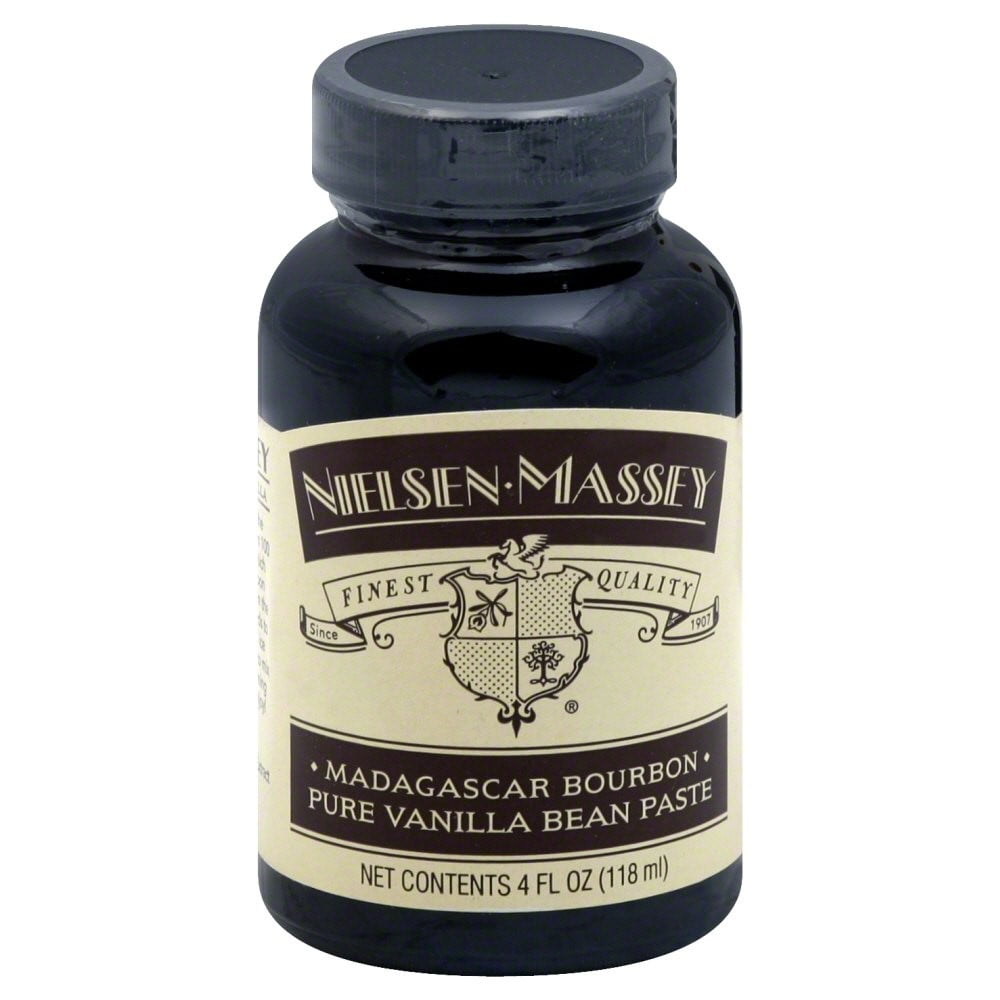

And because natural vanilla is in high demand and only grown in a few parts of the world-some of which, like Madagascar, have suffered from devastating natural disasters in recent years-imitation extract is also a sustainable, environmentally friendly option. Imitation vanilla tastes nearly identical to pure vanilla, and many formal taste tests report that it’s virtually impossible to tell the difference.

Imitation vanilla extract is a lab-produced alternative to the pure stuff, made with either 100% synthesized vanillin (the main flavor component of cured vanilla beans) or a blend of vanillin and natural vanilla. The resulting brew is highly concentrated and deeply flavorful, ready to be deployed into cookie doughs, cakes, frostings, and more. Vanilla extract is made from vanilla beans that are cured and soaked in a solution that helps to draw out the complex notes.

If you have one form of vanilla in your house, it’s probably this one: the most ubiquitous in recipes, easiest to find in stores, and least expensive-at least in terms of all-natural vanilla.
MADAGASCAR BOURBON VANILLA BEAN PASTE PLUS
Read on for some background on each vanilla-based ingredient, plus a few of Epi’s favorite brands to shop for in each category. But do you really know what it is you’re dutifully measuring out, teaspoonful by teaspoonful, into all your cookies and cakes? It might be time for a primer on all of the forms the flavor can take, including vanilla paste, powder, sugar, and yes, the fragrant, dark brown extract that seems to pop up in every sweet recipe (and some savory ones too). This unique curing process, along with the rich soil and growing conditions, helps create the unique, rich, and highly complex flavor profile Madagascar vanilla is known for.Vanilla is a pantry essential: If you ever even think about baking, you’re likely have a bottle of the extract in your kitchen. The farmers then store the beans in sweat boxes before beginning the routine of spreading beans in the sun and packing them away at night. In Madagascar, the curing process is similar to that of Mexico with one slight difference the farmers initiate the curing process by immersing the green vanilla beans in hot water for a short time. Combined with the hot, humid climate and rich soil, hand pollination by the country’s skilled and patient farmers has enabled Madagascar to become the world’s top vanilla producer in both quantity and quality. Growers could choose the best flowers and properly space them out on the vine, resulting in a healthier and higher quality vanilla pod. In 1841, Edmond Albius of Réunion developed an efficient method for fertilizing vanilla flowers by hand.Įventually, hand pollination was perfected on a commercial scale. It wasn’t until 1836 that Charles Morren, a Belgian botanist, discovered the link between the bee and the plant’s pollination. Without the Melipona bee, vanilla’s indigenous pollinator in Mexico, the flowers were only occasionally pollinated by local insects. The vines grew successfully with beautiful blossoms but seldom resulted in vanilla pods. For almost 50 years after its arrival at Réunion, the growth and production of vanilla was difficult. Hence, when we refer to Madagascar Bourbon, we’re referring to the region and not to the liquor.Īround 1793, a vanilla vine was smuggled from Mexico to the Bourbon Island of Réunion. Located just east of the southern portion of Africa, the area known as the Bourbon Islands includes the islands of Réunion, Madagascar, Mauritius, Comoro and Seychelles.


 0 kommentar(er)
0 kommentar(er)
